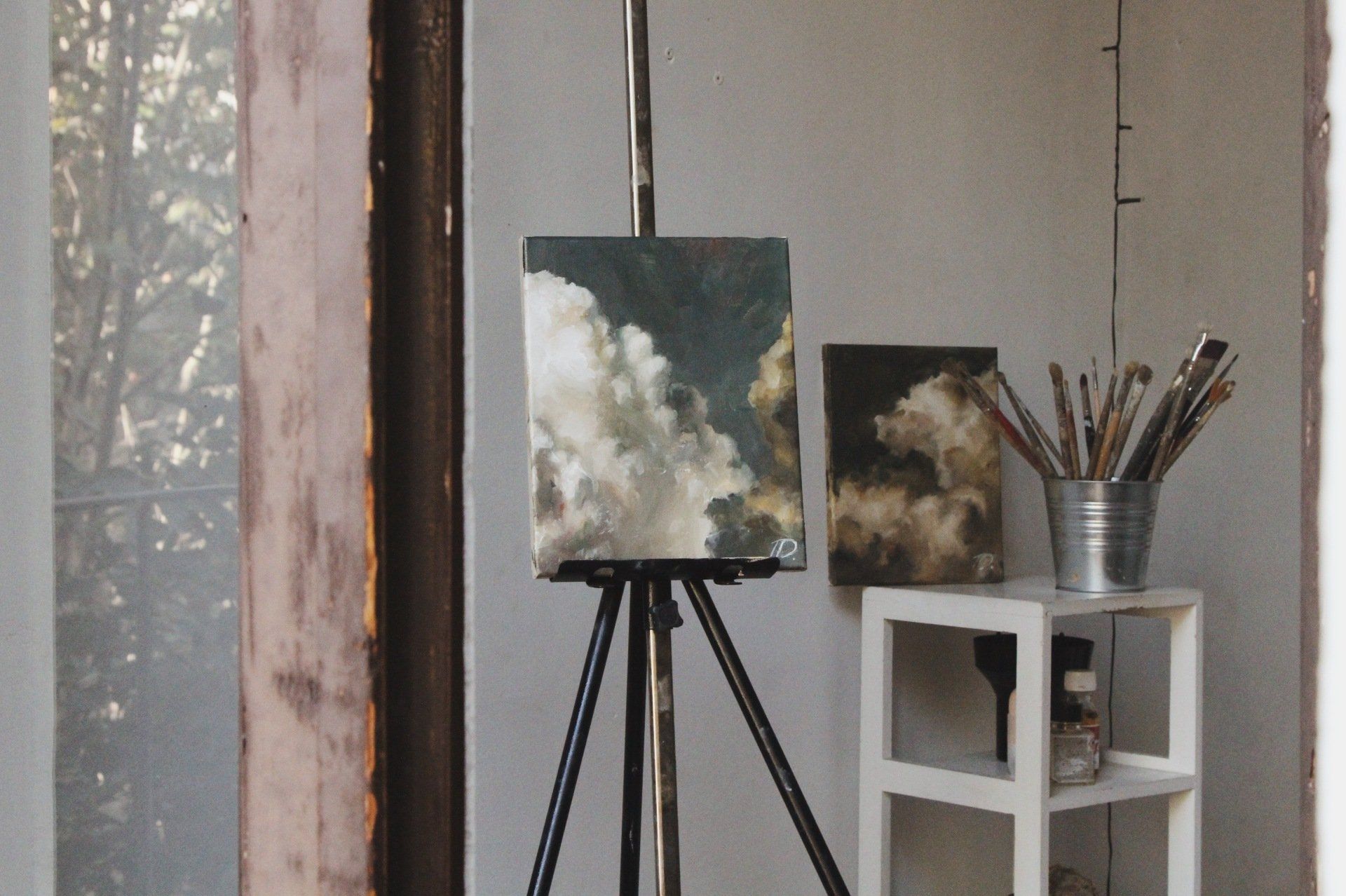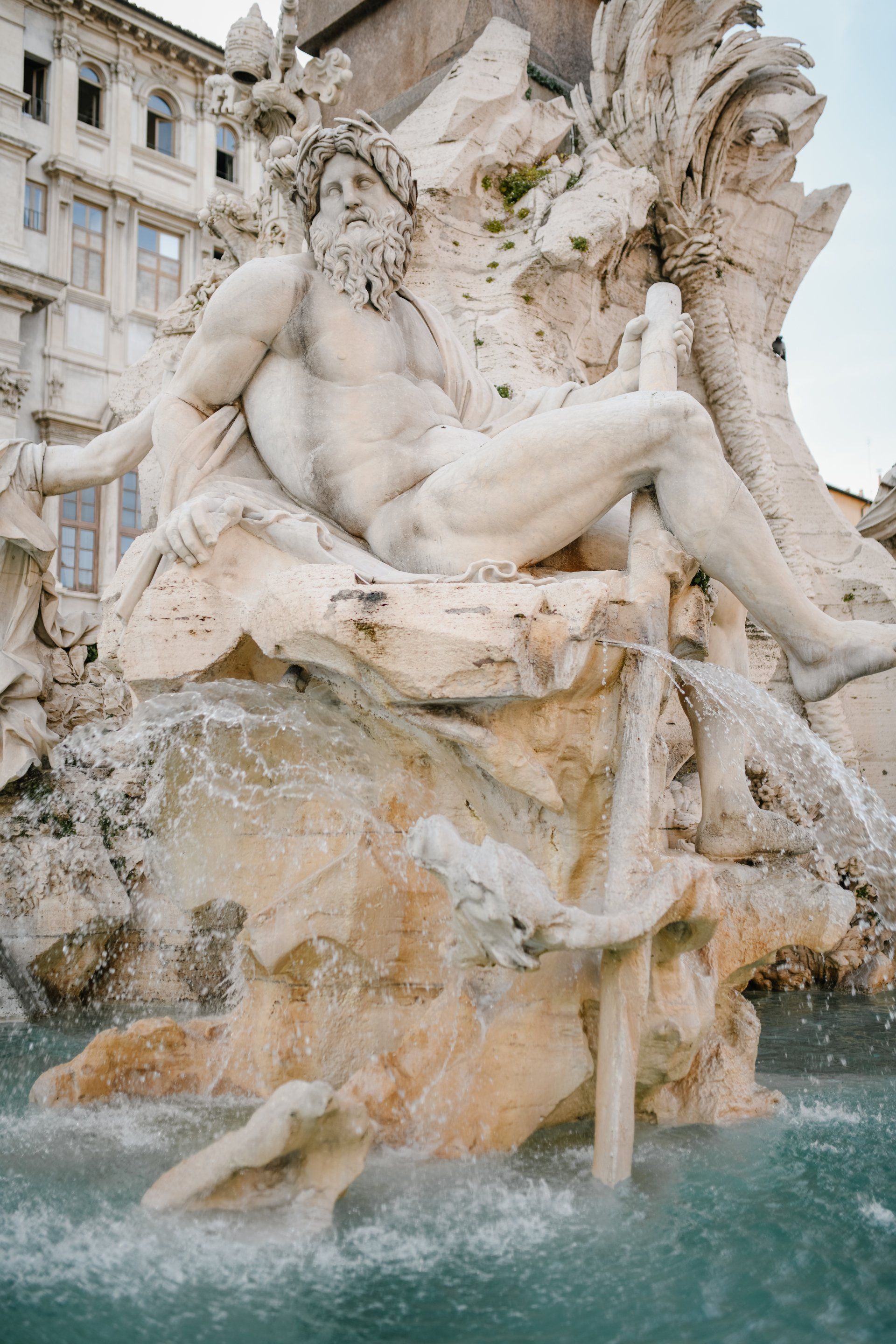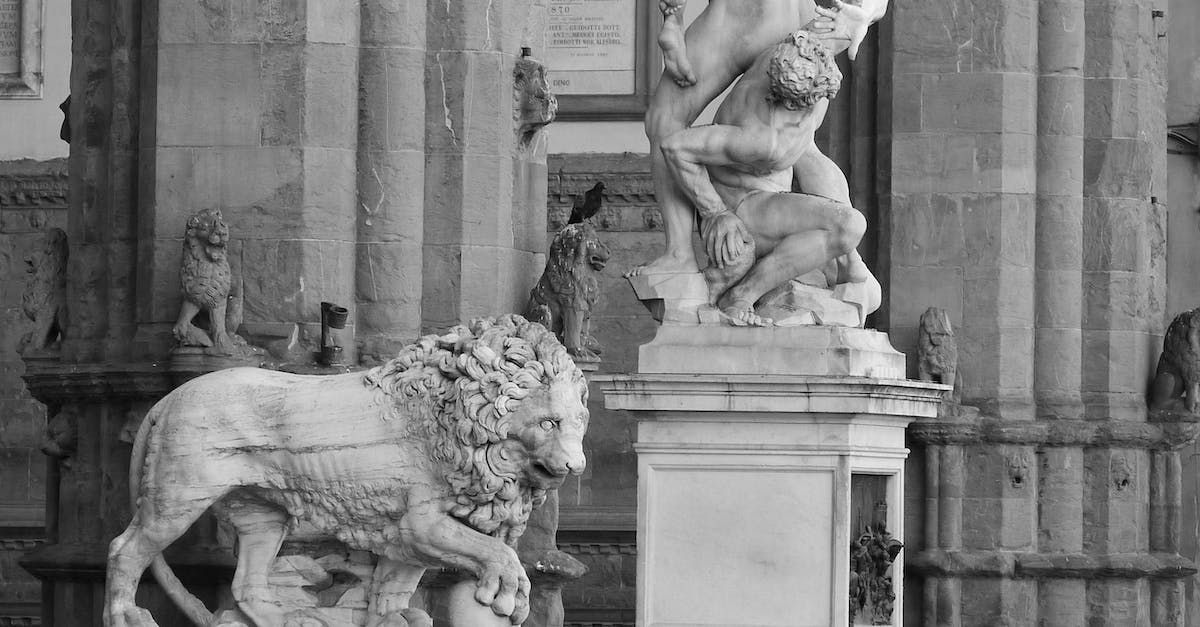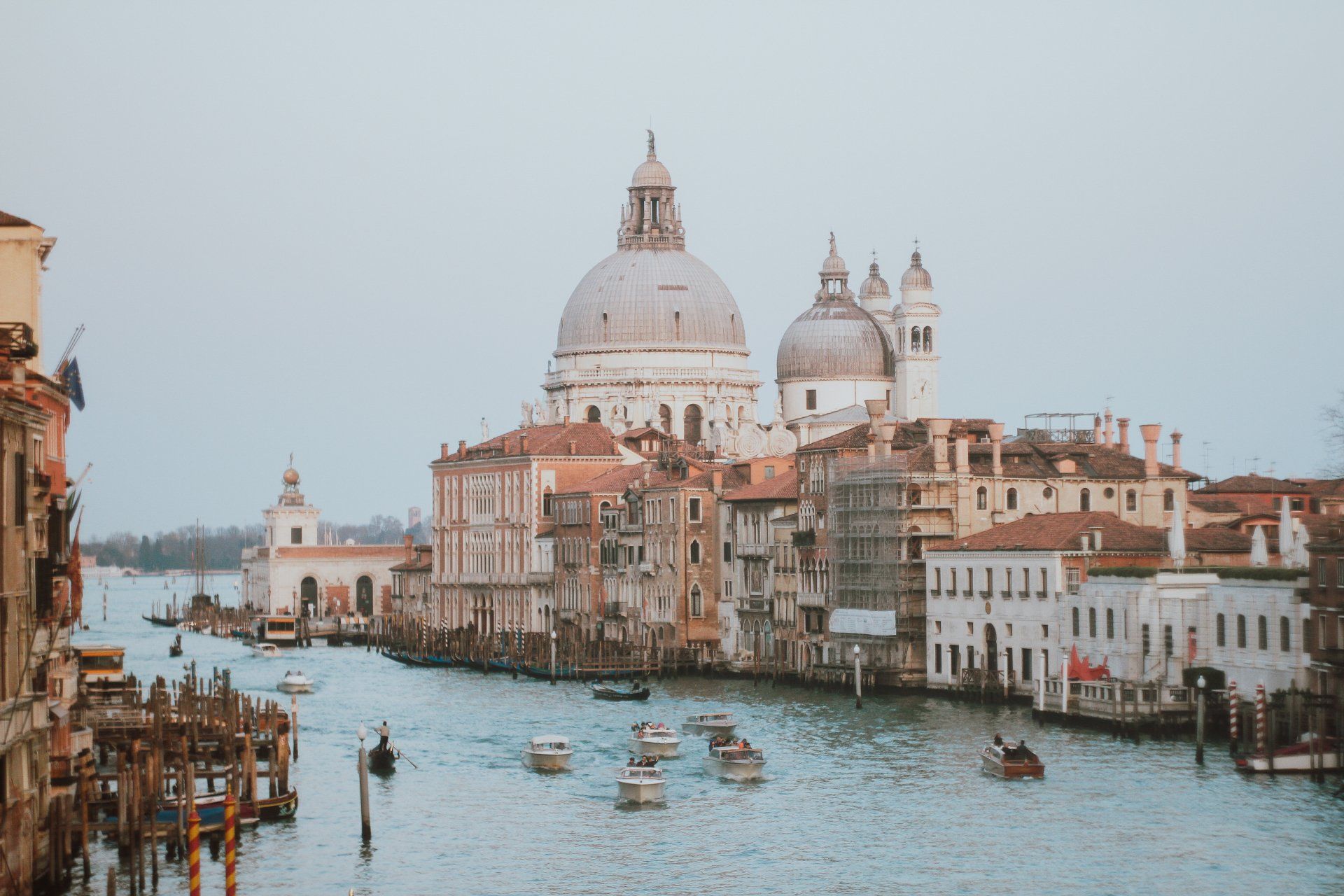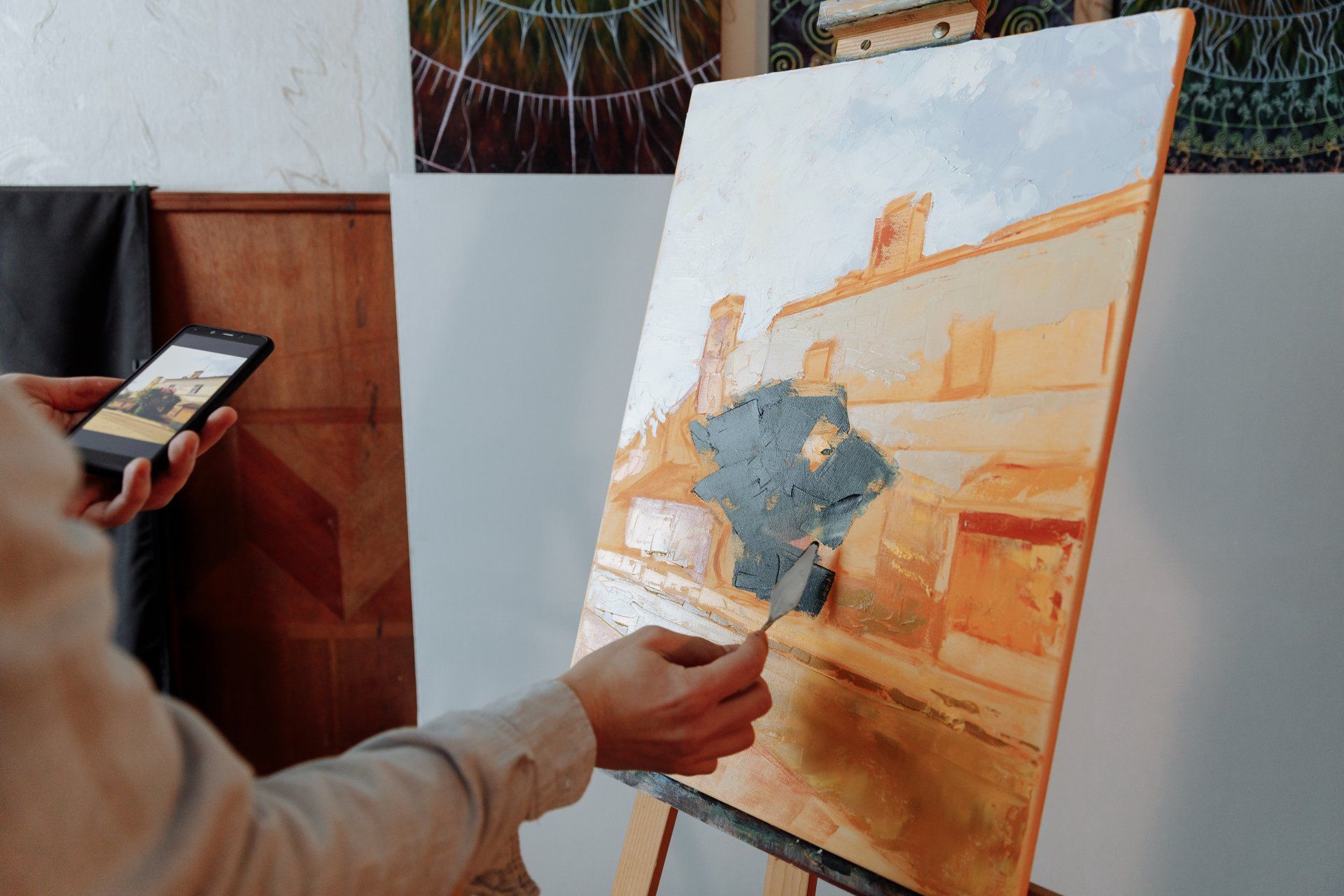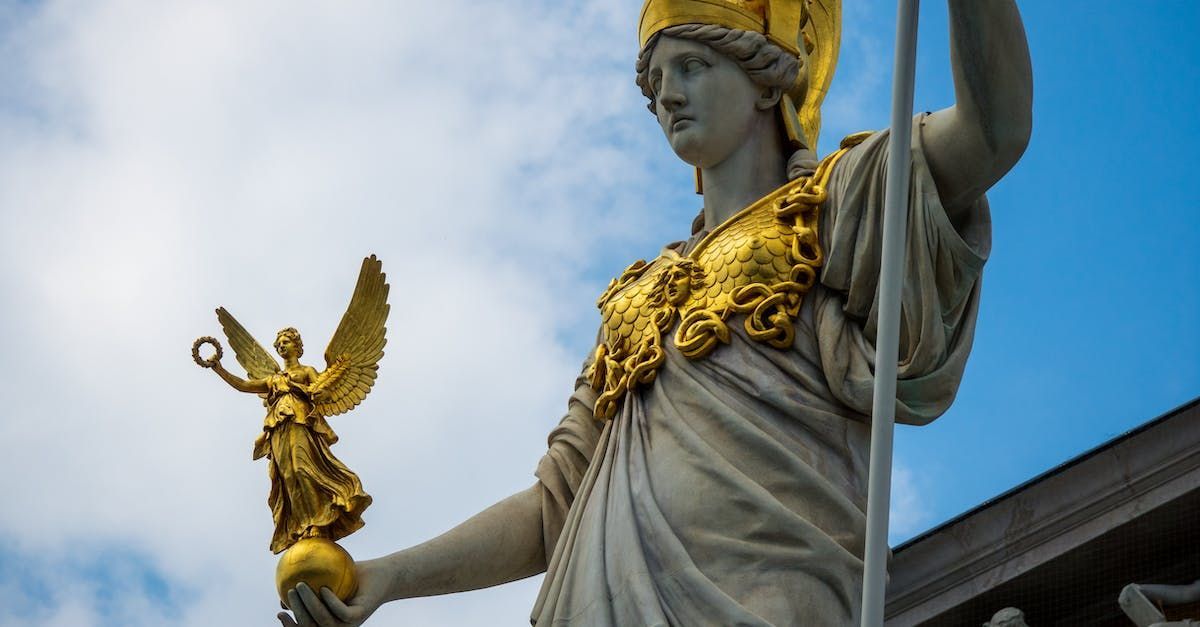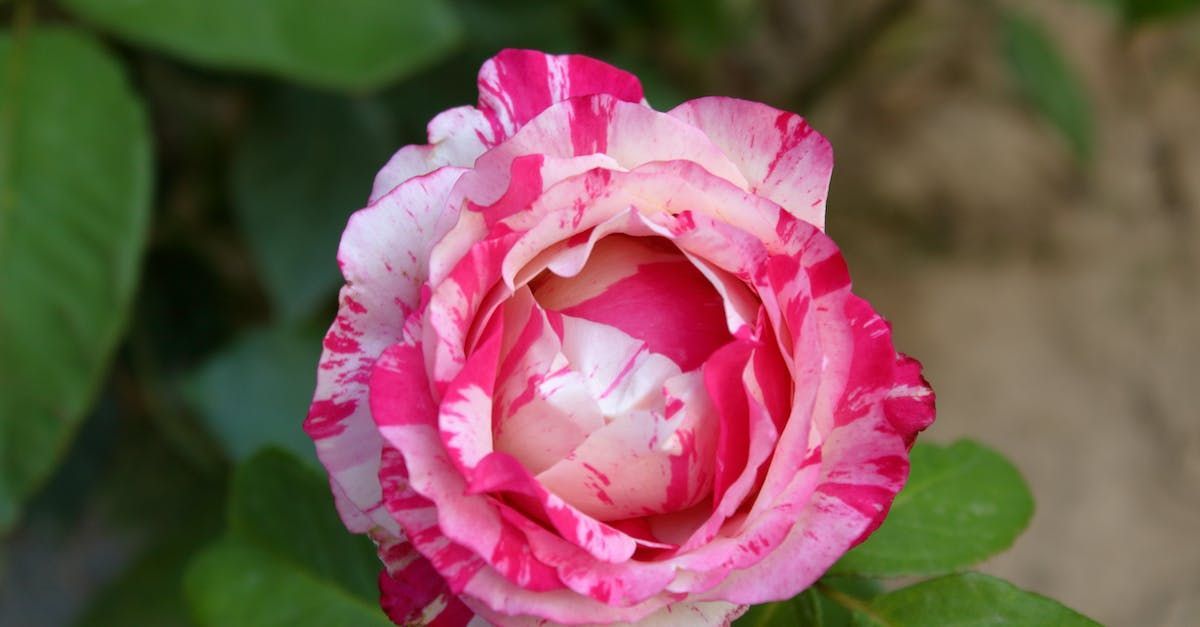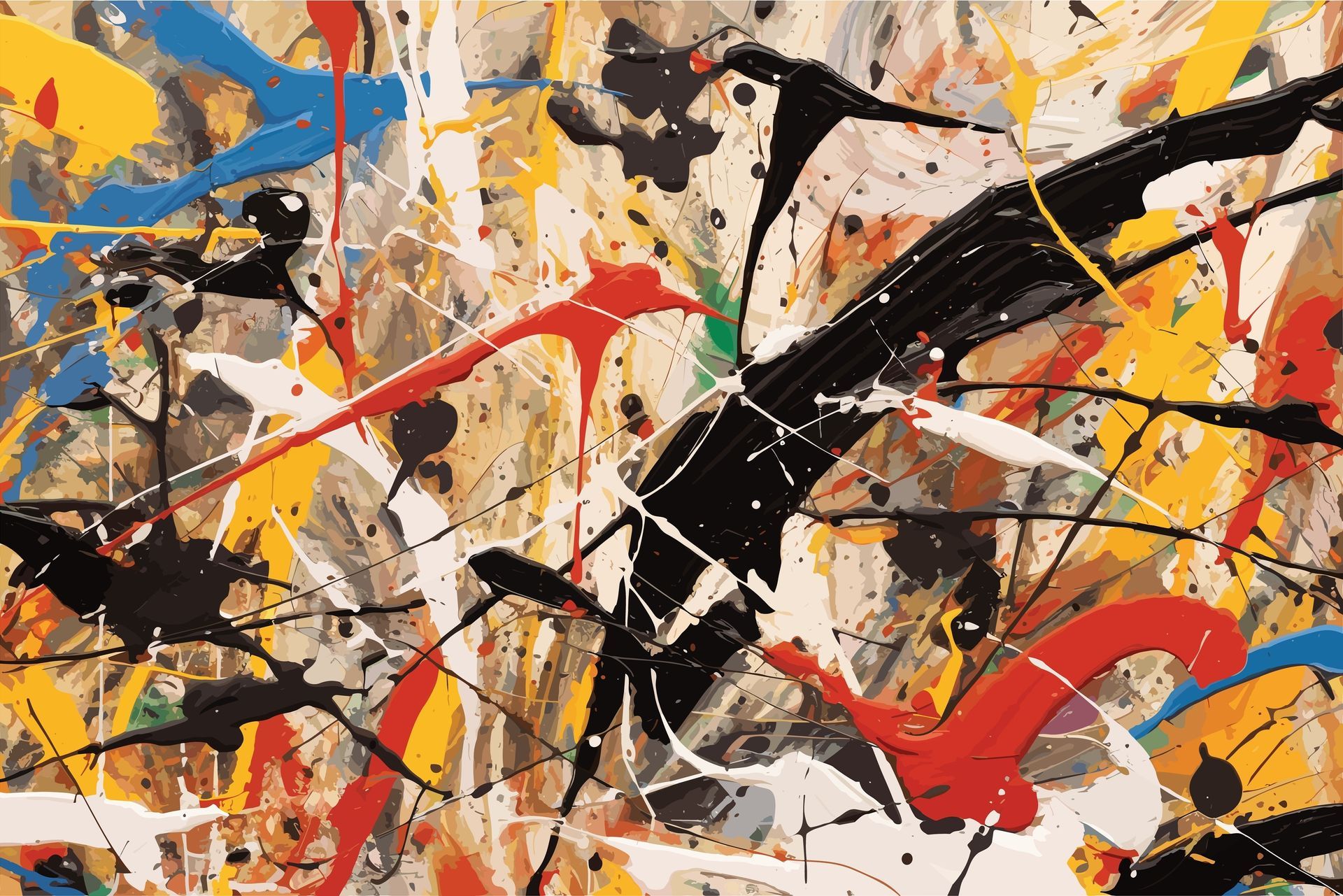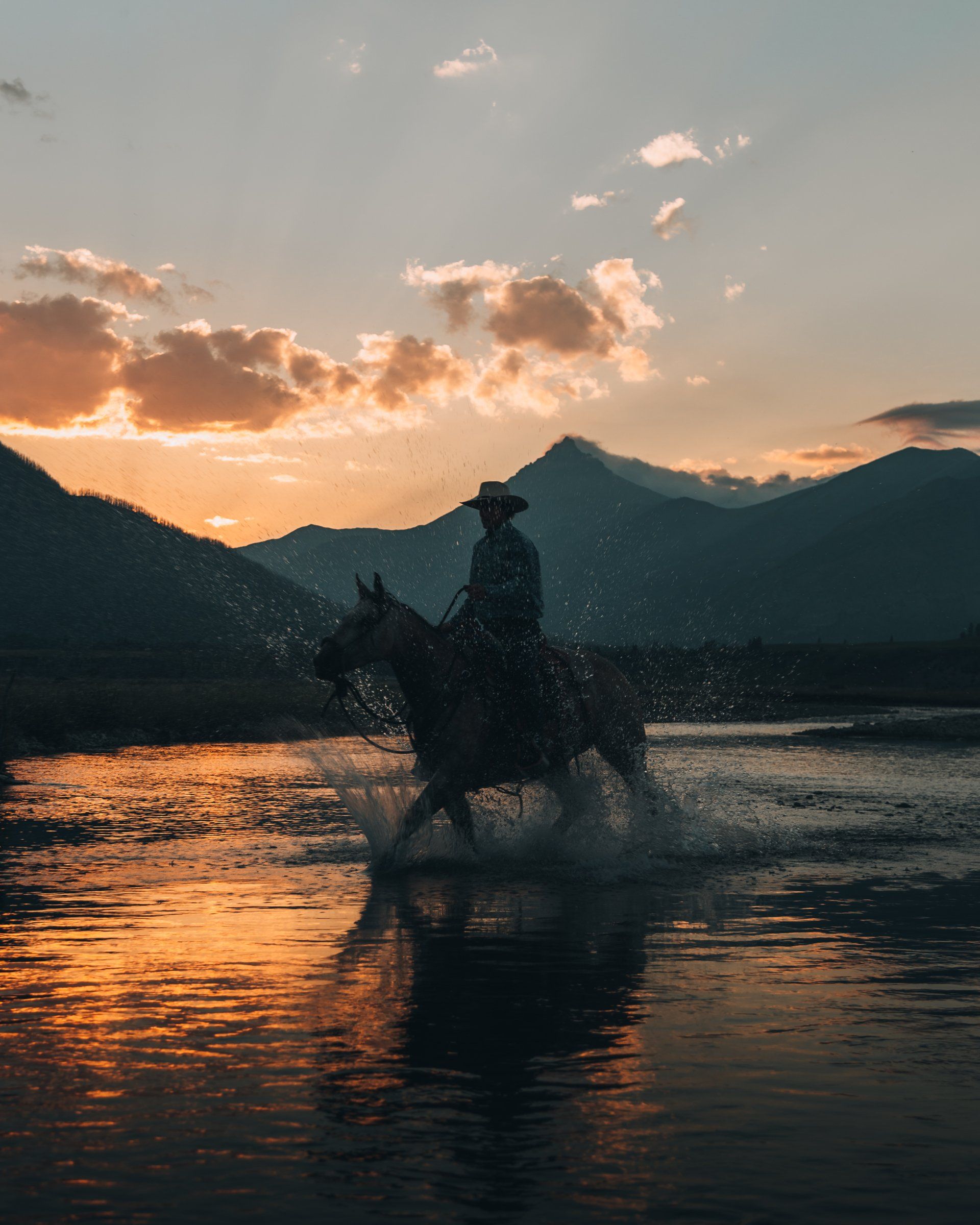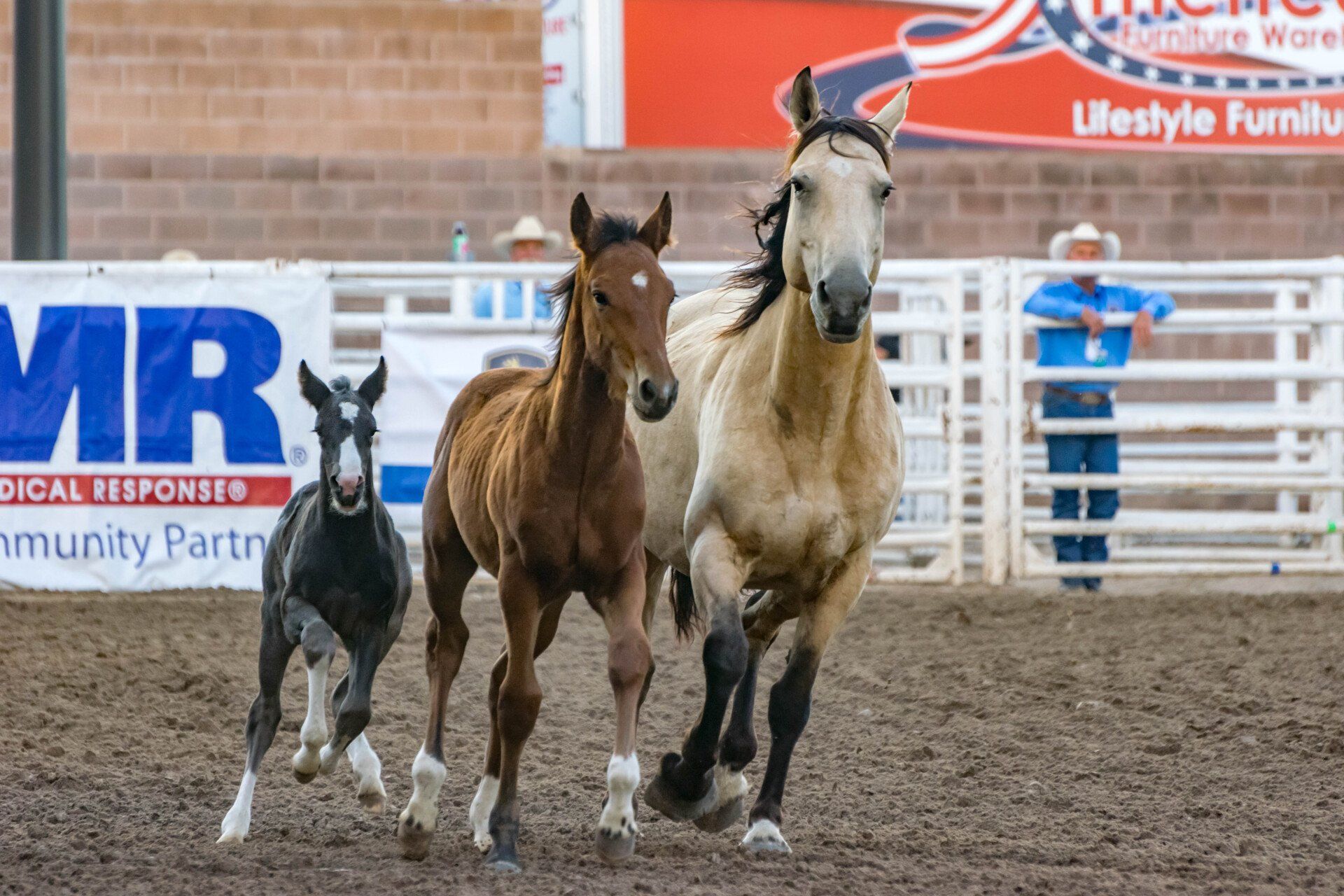10 Great Utah Painters
Utah has a long history of amazing painters, and is home to many notable painters such as Alfred Lambourne, Minerva Teichert, and John Hafen. Alfred Lambourne is considered one of the most prominent painters in Utah history, having painted some of the most iconic landscapes of the area. Minerva Teichert is one of the most influential painters in the state, and is best known for her Mormon-themed art. John Hafen is another well-known Utah painter, and his pieces are often associated with the landscapes of the Wasatch Mountains. Utah's impressive art scene has been driven in part by the state's many art galleries and museums, which have showcased the works of these talented painters.
Art becomes even more inspiring and meaningful when you get to know the artist and learn why they do what they do. These are my top 10 picks of the best living Utah Painters.
Rett Ashby
Rett Ashby believes it is the viewer that finishes a piece of art.
“The paint reacts to my strokes.
I react to what's happening on the canvas.
The viewer then reacts to the finished piece.
It's more about the process than an image.”
His landscape paintings are full of life and texture. He learned the basics of fine art early in life from his mother who was a professional watercolorist.
His art is also influenced by framing. A frame is an important part of any piece of art as it harmonizes the piece. He owns Ashby Frames located in Orem Utah where he encourages his team to push themselves creatively in their own art. The effort shows in the frames they create for their customers.
View his custom made frames at
Ashby Frames
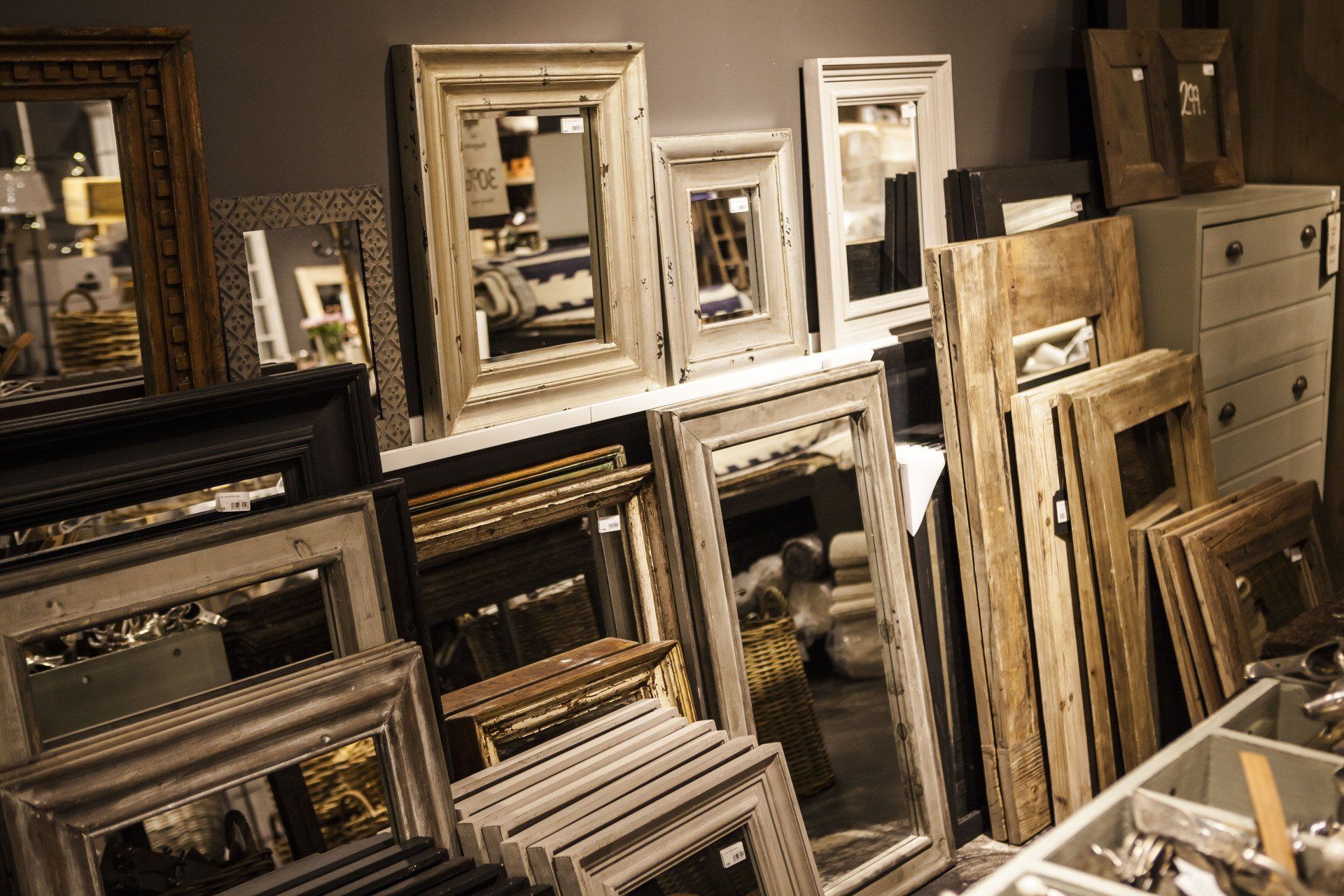
Nathan Bennett
Nathan Bennett uses patina as his medium for painting. He describes his process:
“I use silicon bronze plate, I apply iron, silver, copper, and other chemical compounds that are suspended in water to achieve the colors you see. Fire from a handheld torch is used to infuse the chemicals onto the bronze merging the compounds with the metal.”
He demonstrates the process on his website
Patina Paintings. The result is absolutely stunning.
Joseph Brickey
Joseph Bricky has a classical style to create art filled with symbolism. He considers creating religious artwork his greatest honor and much of his work is found in LDS temples throughout the world.
"Art should both measure up in the museum and capture the common heart. The greatest art is that which generates the greatest good."
The Fine Art of Joseph F. Brickey - Home Page (brickeyfineart.com)
Ryan Brown
Ryan S. Brown began his art studies at BYU and is a painter in the naturalist tradition.
Ryan opened the Masters Academy of Art in Springville where his art is showcased along with other prominent artists. Utah County studios are scheduled to open for tours November 2021. Utah Master Fine Art (utahmastersfineart.com)
Brown’s work is said to
“reach past culture, race or religion to connect on a human level with viewers. Often painting the commonplace or the familiar, he allows us to see our world from a new perspective and gain insights into moments often overlooked. He reminds us to stop and see, to think, to dream and to embrace. These human moments provide us with something that, in today’s world of instant gratification and social media, are all the more important. His works remind us of our connection as human beings. They demand pause, contemplation and consideration that moves us far beyond the pleasing images.”
Casey Childs
Casey Childs earned his Bachelor’s in Fine Arts at BYU and specializes in portrait painting.
"My work as a whole encompasses an exploration of the human experience. My interest in the people around me comes from the idea that we look at people every day, but we never really stop to SEE them. In every painting I strive to capture the beauty, variations and complexities of the human form. The goal of my portrait work is to capture the soul of the individual–not just their likeness.”
Childs teaches his method in an exclusive video workshop that can be found on his website.
Video | Painting the Direct Portrait — The Artwork of Casey Childs
Michael Coleman
Michael Coleman grew up in Provo, Utah. His art is partially inspired by a childhood full of hunting, fishing, and trapping. The mediums for his artwork include paintings, giclées, and bronze sculptures. His work is on display in many private and public collections and can also be viewed on his website
Image Gallery (michaelcolemanart.com)
“Coleman loves best the dusky-grey, misty, muted tones of fall and early winter and is known for his landscapes of rich colors and detail. He combines realism and atmospheric styles, often with animals depicted in those autumn settings when they are in their prime, but his pieces always suggest a balanced harmony between artist, animal, and nature.”
Howard Lyon
Howard Lyon also began his formal art education at BYU. Over the last two decades he’s done a lot of work for the video game and science fiction industries. His art can be found in
Dungeons and Dragons
books,
World of Warcraft cards,
Magic: the Gathering and
Star Wars, and Brandon Sanderson's books including
Mistborn,
Warbreaker,
The Stormlight Archive, and the covers for
Dreamer and
Snapshot.
Howard Lyon offers instruction, assignments, and feedback on student’s art on his Patreon.
Bio — Howard Lyon Fine Art and Illustration
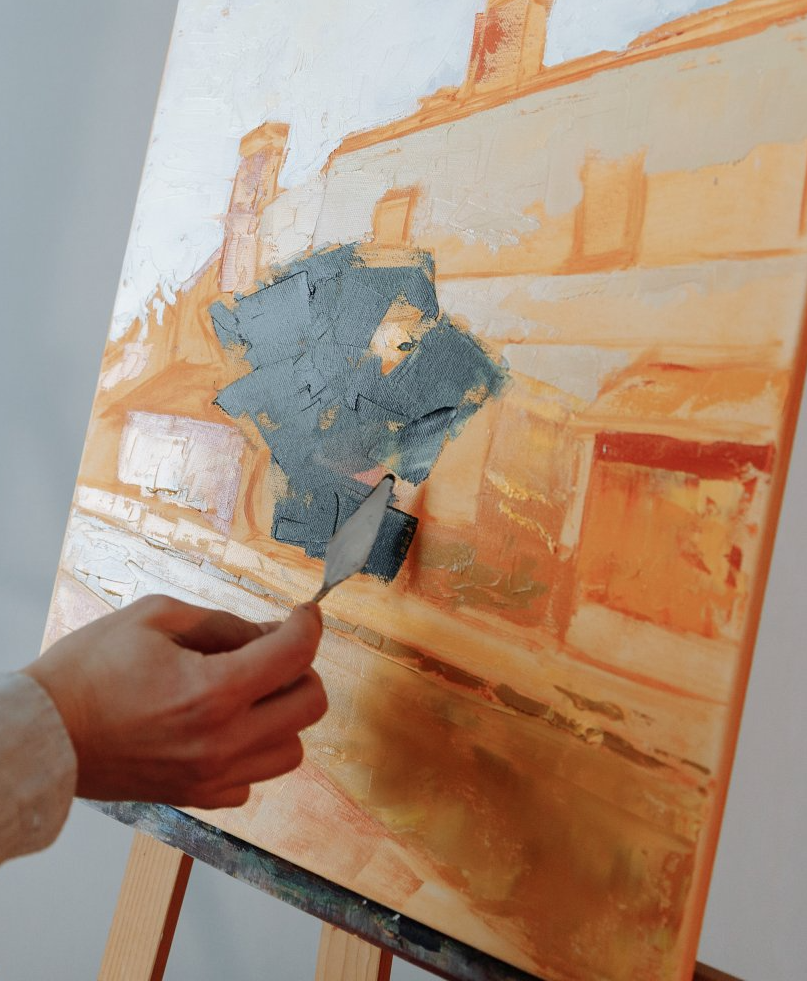
Del Parson
To Utahns, Del Parson is perhaps the most familiar name on this list. His religious artwork is common in many books and Church buildings of The Church of Jesus Christ of Latter-day Saints. The loss of Del Parson’s wife and daughter in 1978 in a car accident changed his art. He says he “felt the Spirit of God helping him through the tough times and began to paint religious subjects to give others a sense of hope”.
Since then he continues to experience “pure joy” in his life when he feels inspired by his art.
Gallery of Del Parson's Paintings | Del Parson Studio
Marty Ricks
Marty Ricks grew up and raised his children in Idaho, but currently resides in Springville, Utah. He has seven children and passed the “art bug” on to four of his sons. He always dreamed of becoming an artist from a young age. He specializes in landscape, still life, and figure paintings.
“Life to me feels very much like a river, wherein strong currents and lazy meanderings carry us along. We have no idea what lies around the next bend. So we fear the unknown and we crave the illumination of light. Life is also like a painting, in that it is all about the contrasts of colors and values. I love to create a sense of light in my work, but the feeling of light emanates from the shadow areas.”
View his art on his website
marty ricks - Portfolio of Works
Don Seegmiller
Don Seegmiller began as a traditional illustrator, added oil painting for galleries to his repertoire, and then took on digital illustration.
Don Seegmiller has taught at the university level for 25 years. His positions included Illustration Program Representative at Salt Lake Community College, Illustration Program Coordinator at Utah Valley University from 2010-2015, adjunct instructor at Brigham Young University teaching both traditional and digital painting classes, and online professor to undergraduate and graduate classes for the Academy of Art University.
Check out his work at
SEEGMILLER ART
Other noteworthy Utah artists:
1. Joyce Johnson 2. Zachary Proctor 3. Chad Hales 4. Jann Haworth 5. Kimball Warren 6. Dan Christensen 7. Steve Geddes 8. Richard Brown 9. Robert Marshall 10. Tony Smith
